When news reached the United States that on November 18, 1978, more than 900 members of a cult called the Peoples Temple died in a mass suicide-murder under the control of cult leader Jim Jones at the Jonestown settlement in Guyana, South America, relatively few knew much about Jones or his followers.
But in the days and weeks to follow, evil took on a frightening new face. And it was the face of the Reverend Jim Jones.
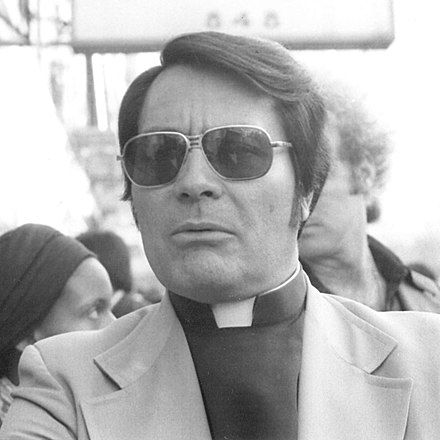
Charisma Personified
To all who knew him, the Reverend James “Jim” Warren Jones was charisma personified. Long before he convinced his followers to abandon their homes and families and move to the jungles of Guyana, he’d honed his natural gift of persuasion to a gleaming edge.
Part showman, part con artist, part huckster, people found it impossible to resist him. And once he set his sights on something or someone, he was rarely dissuaded. His ability to make the seemingly impossible possible added to his perceived charisma and power. Power he convinced those around him was divine.
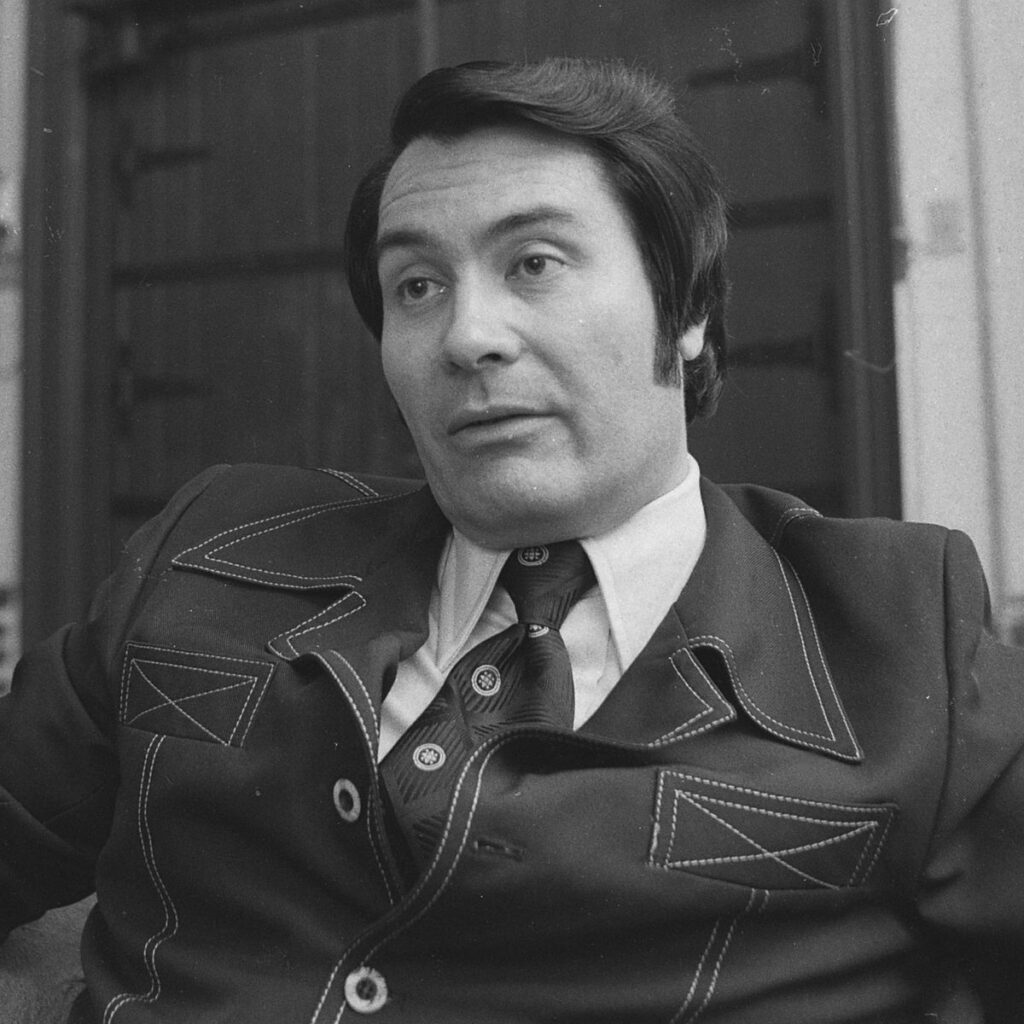
Indianapolis, Indiana
In the summer of 1952, at 21, Jim Jones was ordained and hired as a student pastor to the children at Sommerset Southside Methodist Church in Indianapolis. Having dreamed of having his own flock since boyhood, he knew he was on his way to fulfilling his destiny.
In early 1954, however, Jones was dismissed as a pastor, ostensibly for misappropriating church funds and his rumored ties to the Communist Party. Jones later claimed that he left the church voluntarily because its leaders forbade him from integrating Blacks into the congregation.
After several failed attempts to establish a following, Jones connected with the Independent Assemblies of God (IAoG), an international group of churches in which Jones found an ally in William Branham, a faith-healing evangelist and Pentecostal leader involved in the Global Healing Revival. Branham invited Jones to share the pulpit at several gatherings, their first jointly-conducted revival attracting nearly 11,000 initiates.
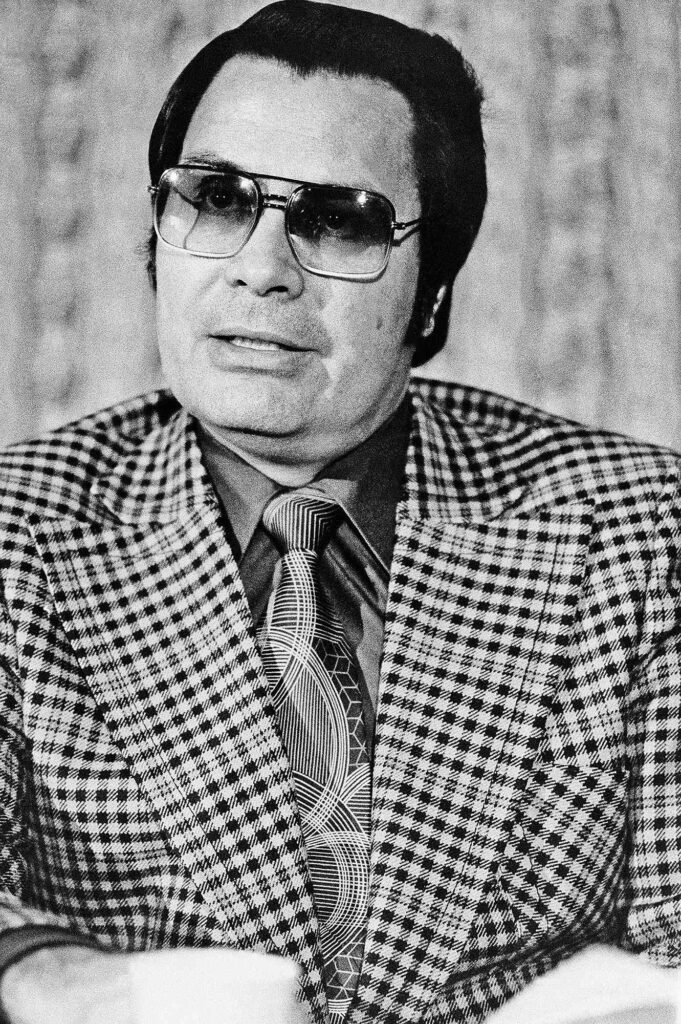
At one such gathering held at Cadle Tabernacle in Indianapolis, Branham issued a prophetic endorsement of Jones, saying, “God used the convention to send forth a new great ministry.” As a result, Jim Jones finally had the spotlight he’d always craved and believed he rightfully deserved. Almost overnight, attendance at his newly renamed “Peoples Temple” exploded to over 1000.
Gaining Politician Power
In 1960, Jim Jones was appointed director of the Indianapolis Human Rights Commission. Making several appearances on local radio and TV, his militant, pro-Black views gained him the endorsement of the NAACP (National Association for the Advancement of Colored People) and National Urban League (a powerful civil rights advocacy organization).
Wielding his newfound power, Jones proceeded to alienate local White politicians and businessmen by racially integrating a theater, a number of churches, restaurants (even setting up a sting to catch restaurants refusing to serve Blacks), the telephone company, the Indianapolis Police Department, an amusement park, and forced the Indiana University Health Methodist Hospital to desegregate the wards.
By the end of 1961, Jones had succeeded in desegregating Indianapolis—at the expense of making himself one of the most despised men in the city.
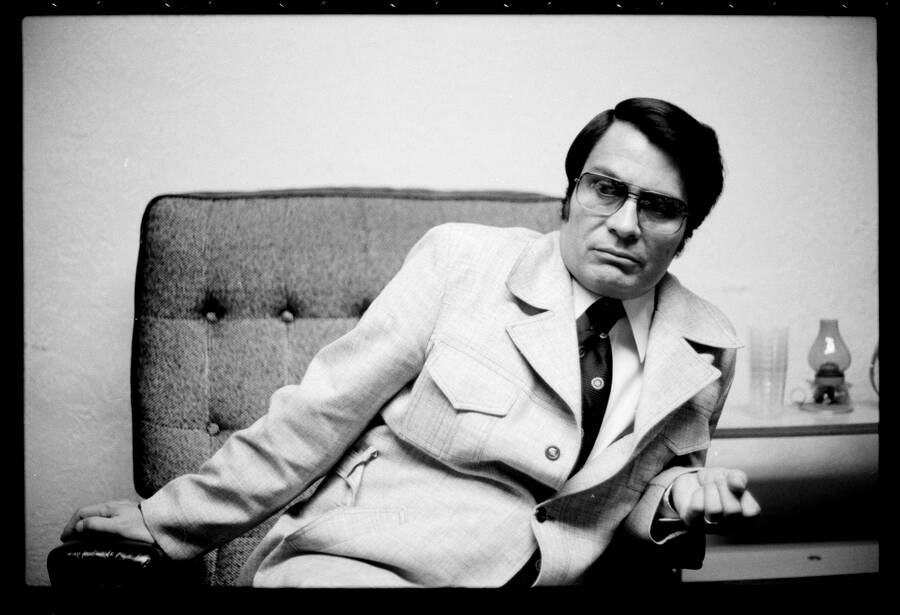
Ukiah, California
In 1961 Jones revealed to his congregation a vision he’d had of a nuclear attack that would annihilate much of the country.
Becoming increasingly paranoid of the outside world and the attention his ministry was getting, he began to consider places where the Peoples Temple would be safe.
In January of 1962, Jones read an article in Esquire magazine stating that South America is the safest place to survive a nuclear war, so he traveled to Georgetown, Guyana, and spoke with authorities about moving his church there. Unable to come to terms with the Guyanese government, he sought an alternate plan.
With financial demands and scrutiny of his church mounting, Jones opted for Ukiah, California, to move his church.
Unable to convince his entire flock to relocate, he left his Indianapolis following to assistant pastor, Russell Winberg, making the move with only 75 of his most devout followers.
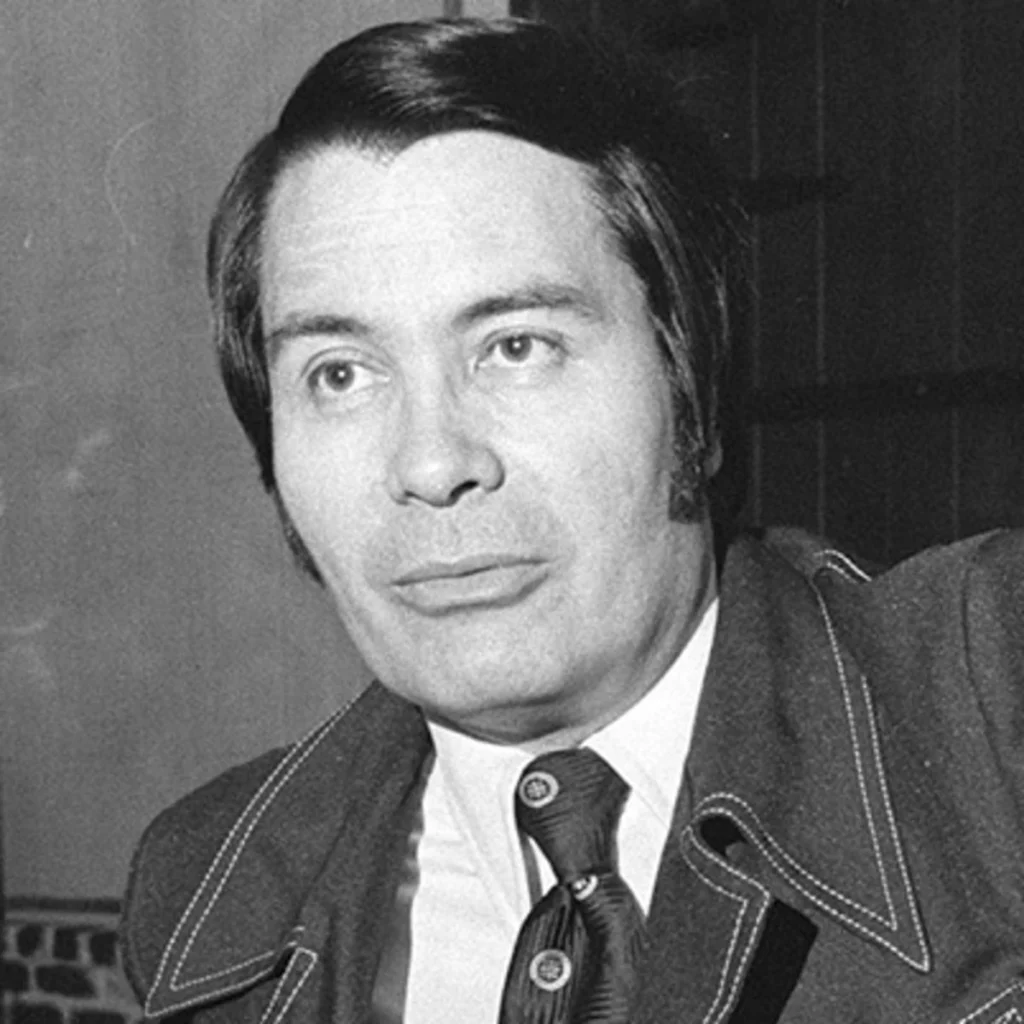
Paranoia, Drugs, and Alleged Abuse
Increasingly certain that dark forces were amassing to destroy his ministry–the Ku Klux Klan, the Nazis, and the US government–Jones began taking drugs to handle the pressure. His sermons became long-winded tirades about his divinity and the evil forces bent on destroying God’s plan for him.
Jones created a “planning committee” from among his most loyal followers to keep his congregation from straying, ostensibly to direct the Temple’s “lifestyle.”
In reality, the primary function of this “committee” was to assure that upon joining the Temple, members turned over all their assets in exchange for lodging, food, and legal advice. Likewise, those who worked outside the Temple were required to forfeit their earnings. It was the committee’s job to punish anyone caught, or even suspected of, cheating “Father” Jones of his rightful tithes.
It wasn’t long before the first rumblings of emotional and physical abuse surfaced from the congregation. Jones had begun dictating not just their spiritual lives but their personal ones, mandating who could marry and who should get abortions.
Furthermore, he demanded sexual favors from all the women of his congregation (even those married) and forced several male members into homosexual relationships.
Those who resisted Jones’ demands were punished with reduced food rations, harsher work details, public ridicule, and, sometimes, physical violence. Jones organized an armed, round-the-clock security team to enforce his mandates and guarantee his safety.
Exit Strategy
By 1969, the Peoples Temple was thriving—with upwards of 1,000 followers. His message of “apostolic” socialism and racial equality was attractive to a large sector of San Francisco. By 1970, Jones opened Temple branches in Los Angeles, San Fernando, and San Francisco–choosing San Francisco as his headquarters. He became actively involved in radical protest movements, making Temple attendance climb. But Jim Jones wanted more.
Jones began luring members from other churches by staging fake faith healings. Then to undermine competing church leaders, Jones arranged meetings with many prominent figures and politicians, including vice presidential candidate Walter Mondale and First Lady Rosalynn Carter, who sang his praises.
But then Jones foolishly crossed a line in October of 1971 when he staged a “divine healing service” at his old church in Indianapolis, claiming to have cured a man of cancer–while many reporters looked on.
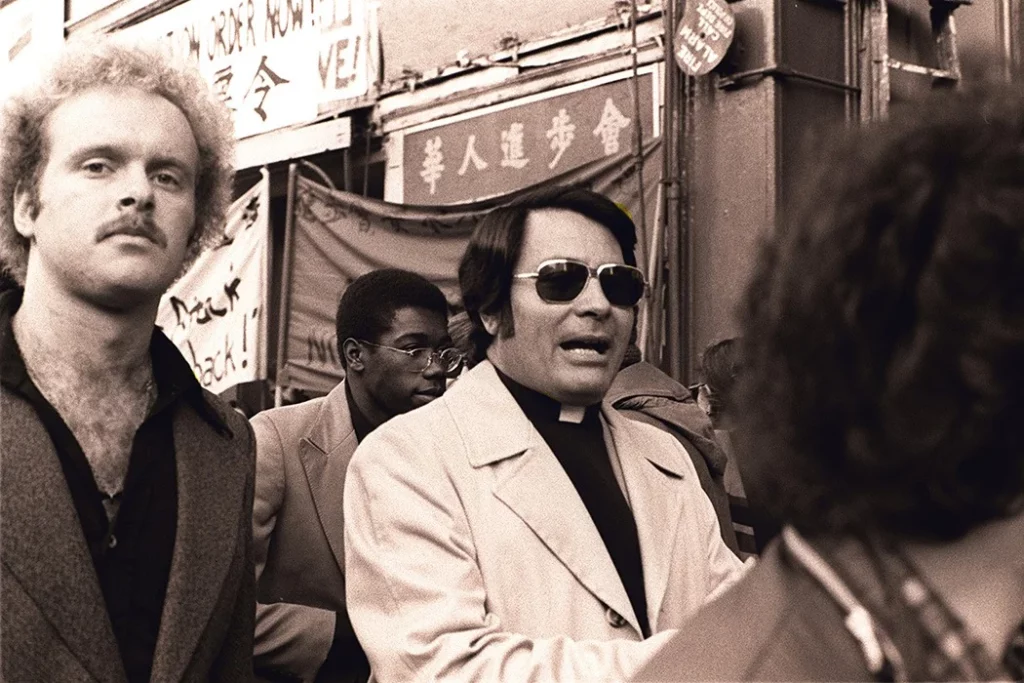
The resulting news article led to an investigation of Jones’ healing practices by the Indiana State Psychology Board, who accused Jones of “quackery,” challenging him to produce tissue samples of the material Jones claimed “fell off” those he cured.
The investigation made Jones panic, afraid his theatrical “healings” would draw attention to Temple business—and his other fraudulent practices. Then he crossed yet another line.
On December 13, 1973, Jones was arrested and charged with lewd conduct for allegedly masturbating in the presence of an LAPD undercover vice officer in a movie theater restroom.
A short time later, eight members of the Peoples Temple made public accusations of abuse against the Temple Planning Commission, accusing them of homosexuality and questioning their true conviction to socialism.
Knowing things were quickly spinning out of control, Jones decided it was time to relocate the Peoples Temple yet again before it disintegrated. In one final grandiose gesture, Jones promised the Guyanese government to funnel millions of dollars into their backward country.
The Settlement of Jonestown, Guyana
By the summer of 1974, Jones had purchased land and enough supplies to begin building the settlement in Guyana. In December of that year, the first followers of the Peoples Temple arrived to start establishing what would become “Jonestown.” Jones described Jonestown as a “socialist paradise” to followers still in California.
The first sign that something was amiss occurred when newly-arriving members were informed they had to forfeit their passports and couldn’t leave. The early arrivals were appalled to find the “paradise” they’d been promised was nothing more than a few huts in a clearing surrounded by endless jungle.
As Jonestown expanded, Temple members from the US were transported down; all but the elite inner circle expected to work sunup to sundown. In May of 1977, Jones and about 600 of his followers arrived in Jonestown, with 400 more coming in subsequent months.
Meanwhile, Jones sold off his property and holdings in the US, transferring nearly $10 million to the Bank of Guyana (hiding millions more in French and Brazilian banks).
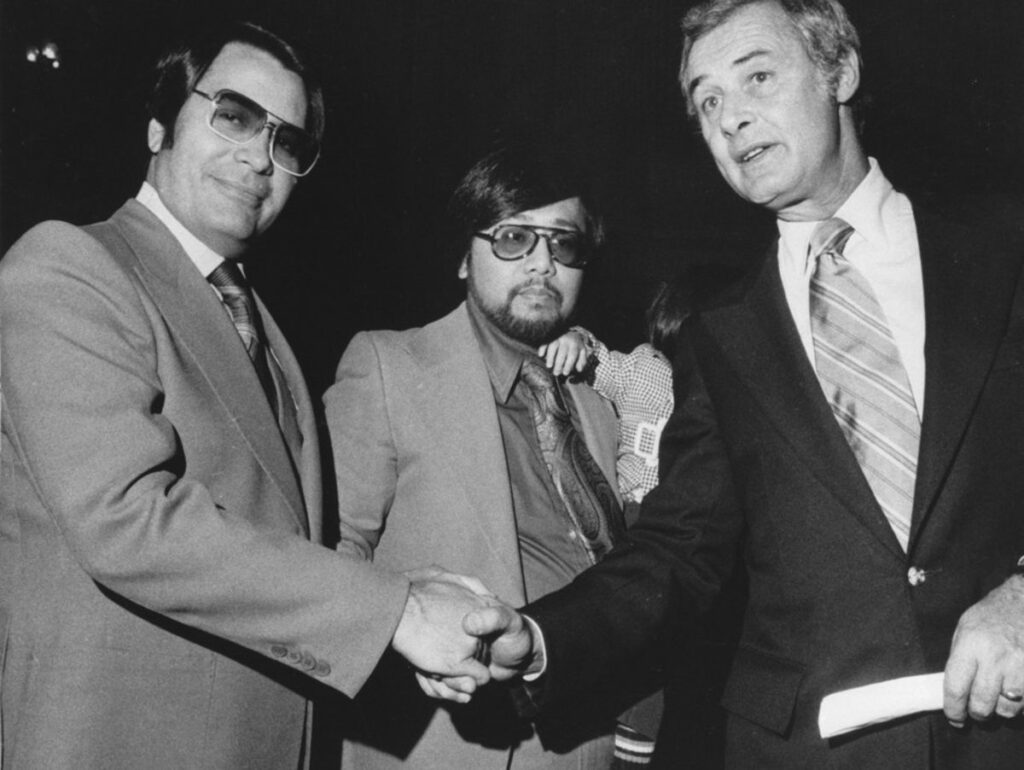
Unbeknown to him, former Peoples Temple attorney Timothy Stoen and other defectors had formed a “concerned relatives” group, fearing for the safety of their family members. They’d taken their concerns to the State Department and Congress to intercede on their behalf.
“White Nights”
By the time Jones arrived in Guyana, his paranoia had grown to new heights, and his drug use was out of control. Fearing the US government was planning to raid the compound and knowing his followers could never withstand an attack, he began holding surprise readiness drills he called “White Nights.”
Over the compound loudspeaker Jones would announce, “Alert! Alert! Alert!” to signal the congregation to gather in the pavilion. Anyone who did not come running was taken into custody and placed in a wooden detention box.
The group would remain huddled in the pavilion throughout the drill, during which Jones would repeat the mantra that their community was surrounded by unnamed agents intent on killing them. Finally, Jones would lead the congregation in prayer, chants, and songs to ward off the impending attack.
Sometimes Jones would have his so-called “Red Brigade” hide in the surrounding jungle and shoot guns into the air to simulate an actual attack. Ultimately terrified that this attack was genuine. Followers were only told it was another drill once the staged event was over. One drill in September 1977 lasted six horrifying days.
With each successive “White Night,” Jones introduced a new enemy to be feared, finally convincing his followers that the CIA was at that very moment planning their siege of their community.
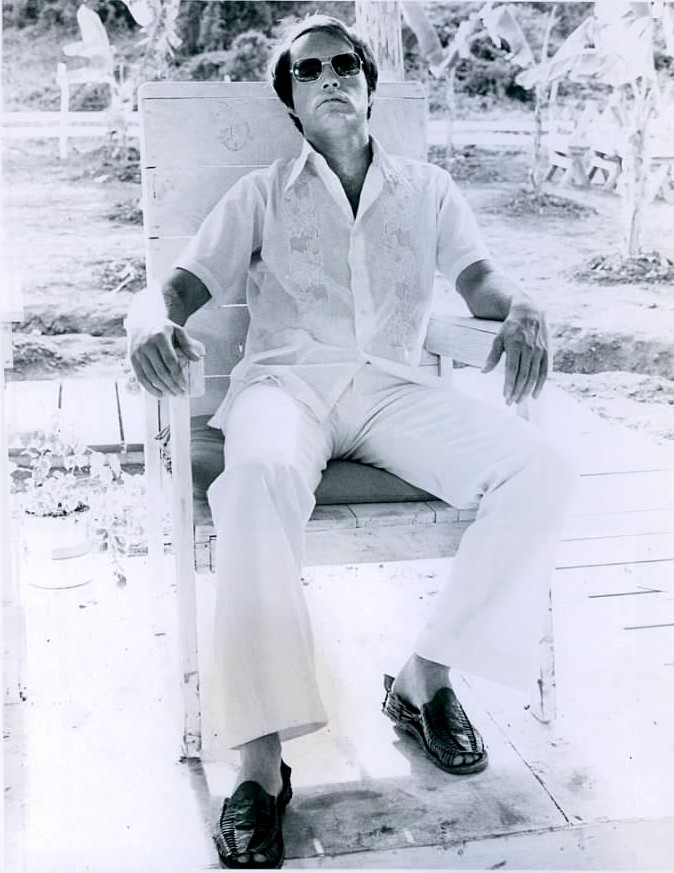
Jones slowly conditioned them to believe that suicide was preferable to being gunned down for their religious convictions.
During one “White Night” in 1978, Jones told his followers that poison was being distributed to them in paper cups and that everyone should drink as an act of “revolutionary suicide.”
As everyone huddled together in the pavilion, fruit punch was served; everyone drank and waited for death.
Finally, after sufficiently resigned to taking their own lives, Jones informed them that it was only a conviction test and that there was no poison in their drinks. But that one day soon, the danger would be real, and they had to be prepared to leave this earth together.
The only respite from their 16-hour work days, repulsive diet, and constant loyalty tests were Jones’ nightly sermons that often lasted hours.
Meanwhile, Jones sat in the pavilion dictating orders, having increasingly larger doses of various drugs injected, sexually availing himself of both men and women, and constantly reminding them that he was God and that their fates were sealed. Suicide was their inescapable destiny.
Beginning of the End
On November 15, 1978, Congressman Leo Ryan led a fact-finding delegation to Jonestown to investigate allegations of human rights abuses.
The group included relatives of Temple members, an NBC camera crew, and reporters from several national newspapers.
That evening, Jones hosted a reception for the delegation, during which Ryan announced that those wishing to leave Jonestown were welcome to accompany him back to the US. Now realizing that this was the CIA’s secret plan, Jones instructed his Red Brigade to prevent anyone from leaving.
As members of Ryan’s delegation boarded their planes, Jones’ guards arrived and began shooting. NBC cameraman Bob Brown captured footage of the first few seconds of the massacre before himself being killed.
On the airstrip, Congressman Ryan, NBC reporter Don Harris, NBC cameraman Bob Brown, San Francisco Examiner photographer Greg Robinson, and Temple member Patricia Parks were shot dead.
Surviving the attack were future Congresswoman Jackie Speier, Ryan staffer Richard Dwyer, the Deputy Chief of Mission from the US Embassy in Georgetown, NBC producer Bob Flick, NBC sound engineer Steve Sung, Examiner reporter Tim Reiterman, Chronicle reporter Ron Javers, Washington Post reporter Charles Krause, and several defecting Temple members—who escaped into the jungle.
When Jones was informed that some of Ryan’s party had escaped, he knew the US would send military forces to seize Jonestown and take him prisoner. He had achieved his self-fulfilling prophecy.
Mass Suicide-Murder
Jones called the congregation to the pavilion and announced that Congressman Ryan was dead and that it was only a matter of time before military forces would arrive and kill them all.
Vats of a Kool-Aid-like drink laced with cyanide were prepared and distributed in paper cups. Those who refused were injected with cyanide via a syringe. Some who tried to run were shot.
This final “White Night” resulted in the deaths of 914 Temple cult members, 276 of them children.
Eighty-five members did, however, manage to survive. Some slipped into the jungle just as the death ritual began. One man hid in a ditch, and some hid in the dormitories or happened to be away on business.
By chance, the Jonestown basketball team was at a game playing the Guyanese national team in Georgetown. Among the players was Stephan Jones, Jim Jones’ 19-year-old son. Jones had two sons with other women and six more adopted children, but Stephan was the sole offspring with his wife, Marceline Jones.
The Guyanese military was the first to arrive in Jonestown and discover the horrendous carnage. Jim Jones was found dead on the pavilion stage, resting on a pillow, a fatal gunshot wound to his head.
Jones’ final words were said to be, “We didn’t commit suicide; we committed an act of revolutionary suicide protesting the conditions of an inhumane world.”
References
History.com, “Jonestown,” Jonestown – Massacre, Guyana & Cult – HISTORY
Washington Post, “Jim Jones’ Temple of Doom,” https://www.apologeticsindex.org/pdf/templeofdoom.pdf
Washington Post, “Peoples Temple Had History of Threats, Violence,” https://www.washingtonpost.com/archive/politics/1978/11/21/peoples-temple-had-history-of-threats-violence/e2783c9f-2822-434e-af87-51c225c6b3f9/%3futm_term%3d.7a0c288da176
Association for the Study of African American Life and History, “The Black Preacher From Indiana: The Reverend Jim Jones and the Rise and Fall of Peoples Temple,” http://nicholasmm0221.com/wp-content/uploads/2022/03/black-preacher-1.pdf
“The Son Who Surived Jonestown,” The son who survived Jonestown (religionnewsblog.com)

